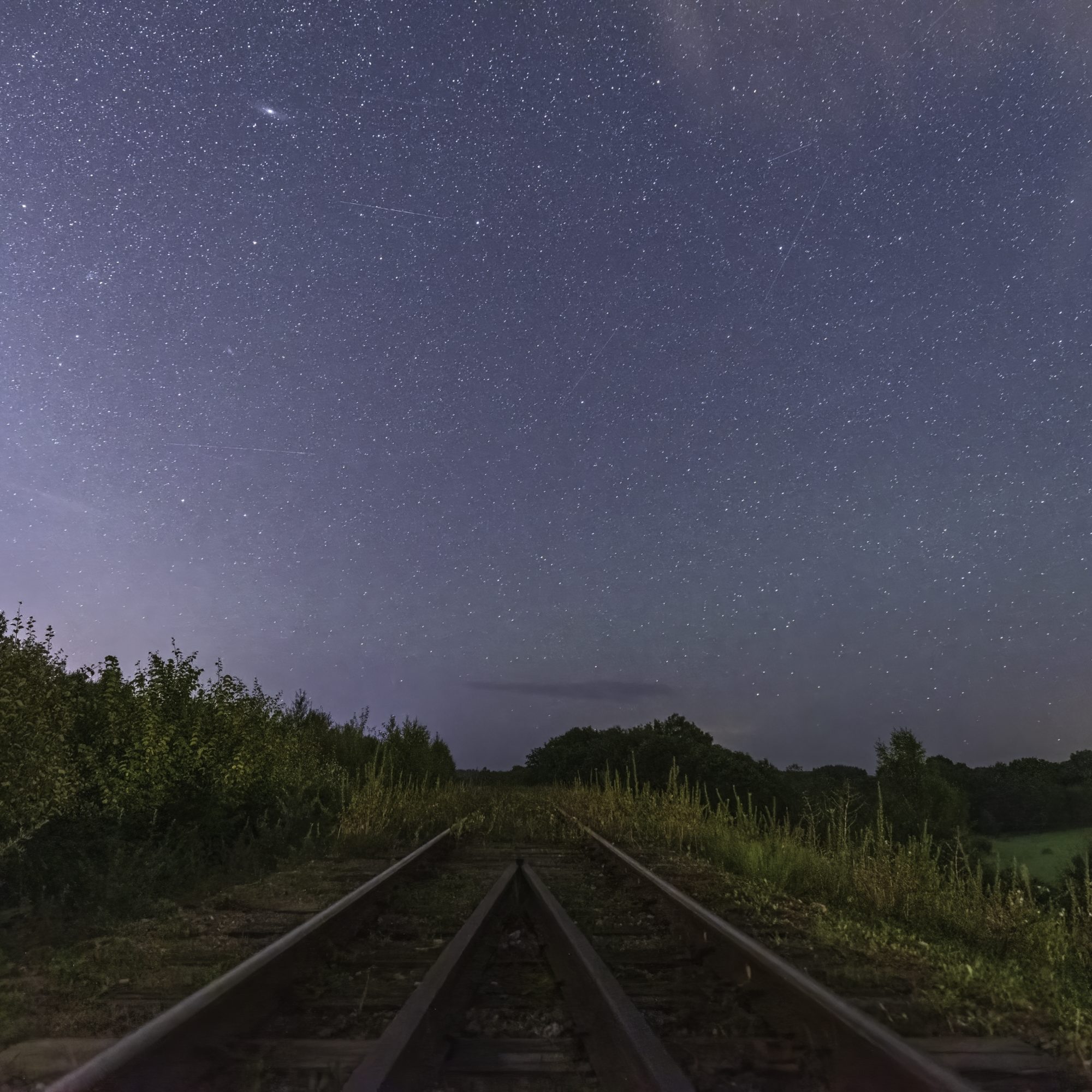Imagine this: you’re sitting under a sea of stars, the delicate symphony of the night breathing around you. In your hands, you hold your camera, its lens pointed towards the heavens. Can this moment be captured? Can you bottle this ethereal beauty?
Surprising as it may sound, you can! Welcome to the magical world of long exposure night photography, where the night sky can be tamed, and its beauty can be captured in breathtaking detail.
I remember my first encounter with long exposure photography vividly. It was on a cold mountain night when I pointed my camera at the cosmos and let the shutter stay open, collecting all the light it could. The result was something I couldn’t believe – a painting made of light, a star-studded masterpiece.
An Encounter with the Night
‘Wait for it,’ I whispered to my nerves, as I pressed the shutter button with bated breath. ‘3…2…1…and…’ Let’s fast forward that memory by 30 seconds, and voilà! The image displayed on my screen was an echo of the cosmos, painted in pixels. A brush with the quiet drama of the night sky, brought to life using a photography technique known as long exposure.
What is long exposure photography, you ask? Simply put, it’s a technique where the shutter of the camera is left open for a longer duration, allowing the sensor to gather more light. This photography method is often used at night or in low-lit settings, making it an excellent choice for nightscapes and astro-photography.
Using negative space in the dark sky can help draw the viewer’s eye directly to the bright stars or moon, creating striking photos with a sense of depth.
The Basics of Night Photography
Now that I’ve piqued your interest in this mesmerizing technique, let’s dive into some basics. To begin, you’d need a sturdy tripod to prevent camera shake during the long exposure time. Next comes the crucial settings: aperture, shutter speed, and ISO. The ‘magic three’ of photography, if you will.
Aperture is your tool for balancing the amount of light entering your camera. A wide aperture (small f-number) lets in more light, useful when shooting in low-light conditions. Similarly, shutter speed dictates the length of time the camera sensor is exposed to light. For night photography, we’re talking several seconds to minutes. Finally, ISO controls the sensor sensitivity. A high ISO number translates to high sensitivity; however, it can lead to increased noise or grain in the photo. The goal is to find a balance between these settings depending on your preferred outcome.
‘Alright,’ said my friend Dan one starlit night, while we were experimenting with exposures, ‘what if we want to capture the light trails of stars as they move?’ ‘Ah,’ I answered, ‘for that, we step into the world of star trails!’
Mastering Star Trails
Star trails refer to the majestic movement of stars across the night sky, captured through long exposure times – sometimes over an hour! Sounds like a lengthy process, right? I chuckled, watching Dan’s surprised expression and shared a useful trick: ‘Instead of a single long exposure, you can take multiple shorter ones and stack them in post-processing. This way, you can also avoid potential battery drain or sensor heat issues.’
Armed with this knowledge, Dan ventured into the world of night photography, a canvas of darkness lit by a billion tiny lanterns. Over time, he returned with masterpieces, having painted the night with light. ‘It’s like sculpting with time,’ he finally admitted, staring at a brilliant trail of stars meandering across one of his pieces.
Long exposure night photography is a dance between light and darkness, a form of visual poetry that connects us with the cosmos. And just like any form of art, it requires practice, patience, and persistence. So, are you ready to venture into the night and paint with light? It’s time to capture more than just moments; it’s time to capture the movement of the universe itself.


0 Comment